Does walking build muscle?
An exercise physiologist answers the question: “Does walking build muscle?”
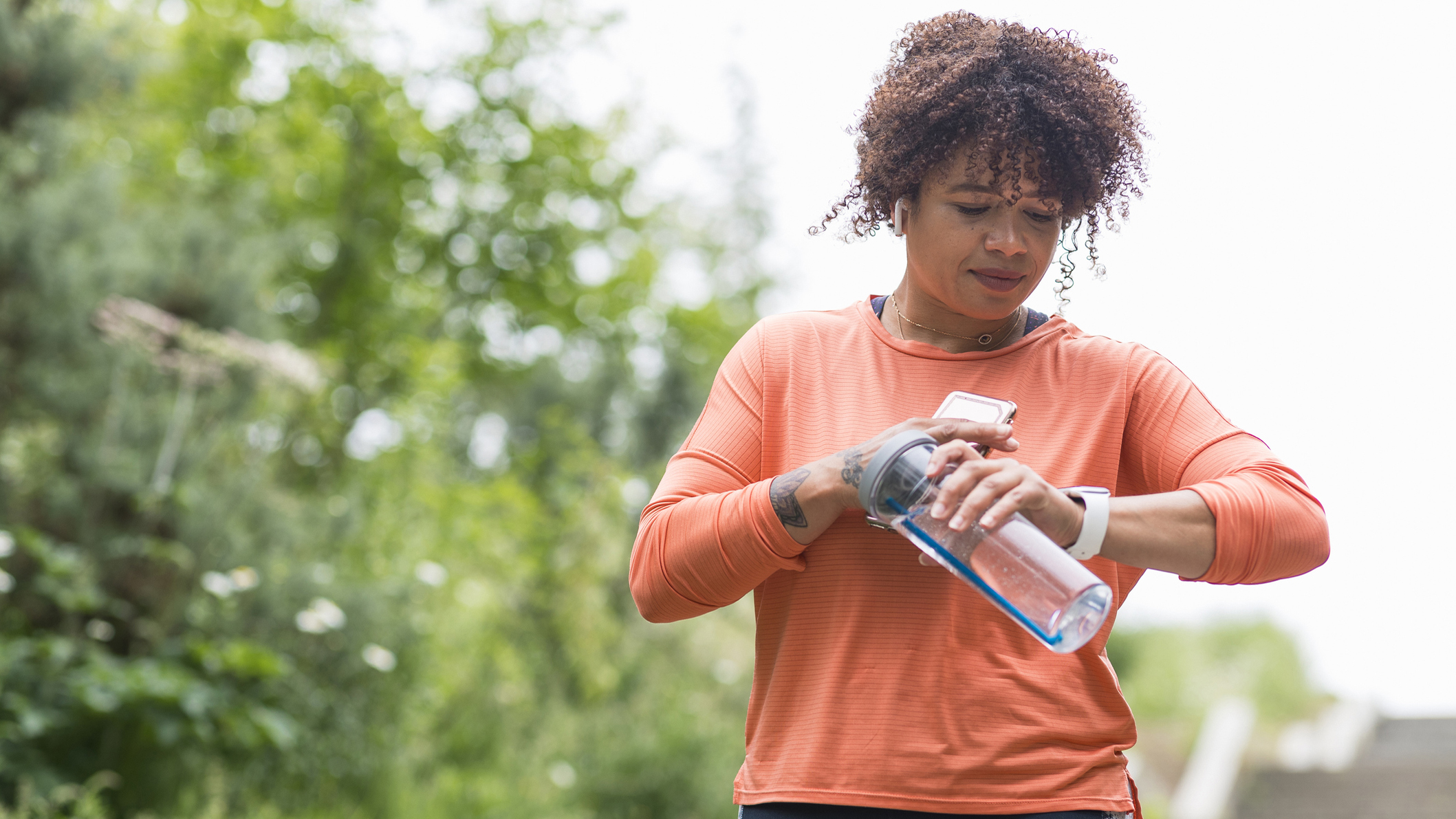

Amber Sayer
Walking is a great activity for anyone who's new to world of fitness. It's a low-impact, gentle activity and you need little more than a good pair of walking shoes to get started.
Often missing in the frequently-cited benefits of walking is whether or not walking can build muscle. To learn more about whether it's possible to build leg strength through walking alone, we spoke with Elizabeth Kemp, an ACSM-certified exercise physiologist.

Elizabeth Kemp, MS, MHL, ACSM- CEP is the director of research and customer outcomes at Vivo, an interactive fitness company for older adults. Kemp is an American College of Sports Medicine-certified clinical exercise physiologist, with over 15 years experience working with older adults in research and clinical settings. She received both her Masters of Science in Health and Exercise Science and her Masters in Translational Science from Wake Forest University.
Does walking build muscle?
While it’s possible to build some amount of muscle with walking, Kemp says walking isn’t known to be a particularly effective form of exercise for such a purpose.
“Walking will build some lower-body muscles but walking primarily builds the slow-twitch muscle fibers, which are muscle fibers mostly used for endurance activities,” explains Kemp. “Overall, walking alone won’t trigger significant muscle growth.”
Kemp explains that walking is considered to be a low-impact, aerobic exercise. She says that strength training, circuit training, and Pilates are more effective forms of exercise to build muscle.
“Better exercises for building muscle are resistance exercises where [you are] using your muscles against some form of resistance, such as weights, resistance bands, or body weight against gravity,” she shares. “Examples of these exercises would be pushups, planks, squats, or lunges. These exercises address major muscle groups that we use in our everyday life.”
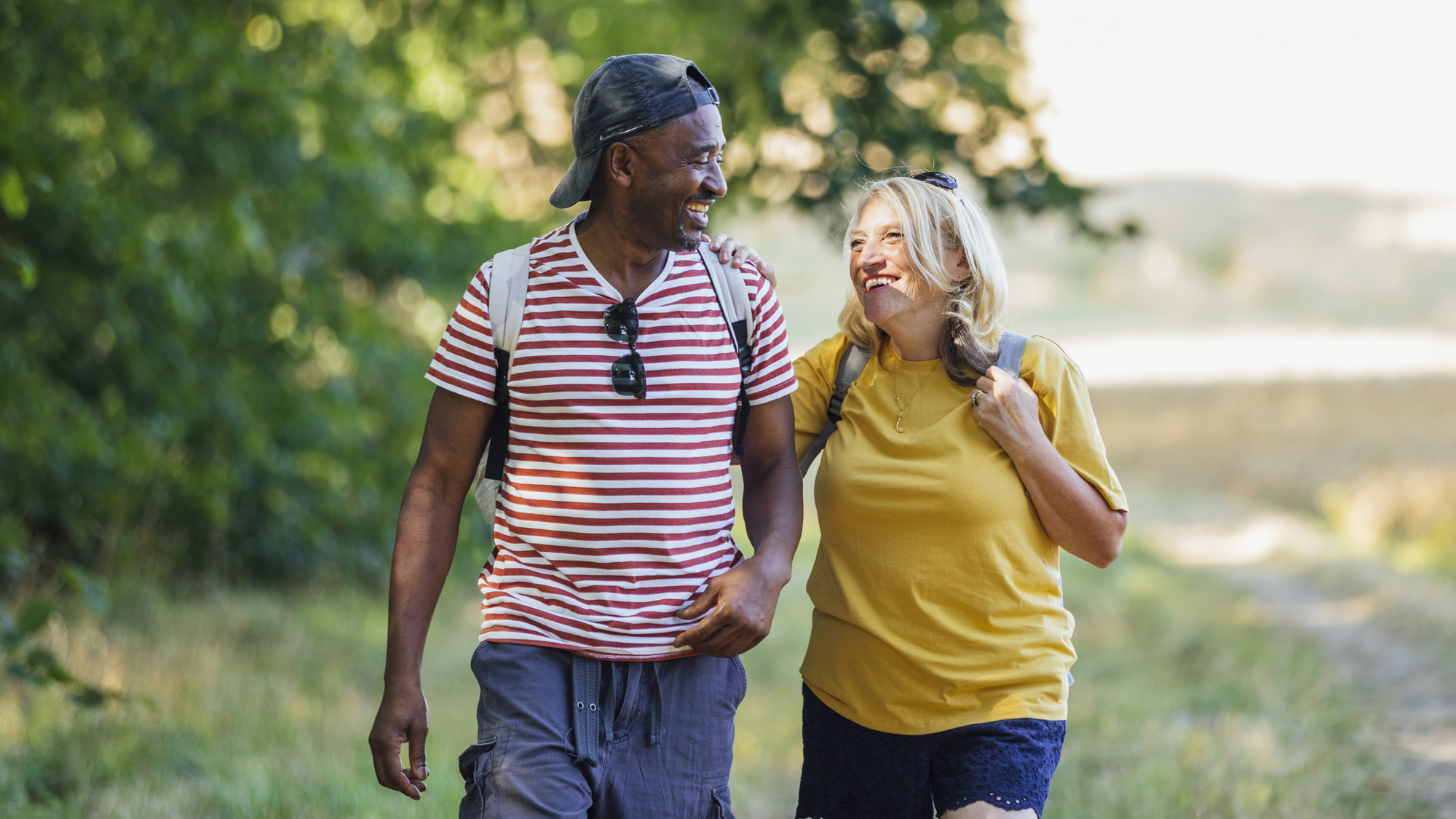
But before you abandon your walking workouts altogether, Kemp says there are plenty of benefits of walking for exercise.
Get the Fit&Well Newsletter
Start your week with achievable workout ideas, health tips and wellbeing advice in your inbox.
“The primary benefit of walking is that it is a form of aerobic exercise that builds your heart muscle by enhancing your body’s use of oxygen. Think about how often you walk. You walk to move around your home, walk to the mailbox or around the grocery store,” explains Kemp. “Walking is one of the most common forms of aerobic exercise and allows us to participate in activities of daily living.”
Kemp adds that, while walking is considered an aerobic exercise, along with exercises such as swimming, cycling, and the elliptical machine, it’s also important to include anaerobic exercise into your routine.
“Anaerobic exercise involves short, fast, intense bouts of exercise (think HIIT training or jumping rope). This type of exercise also improves your cardiovascular health as well as builds muscle and promotes bone health,” she shared. “Both aerobic and anaerobic exercises are important to your health and both should be included in a well-rounded exercise routine.”
What muscles does walking work?
Although walking isn’t necessarily the most effective type of exercise for building muscle, walking still works numerous lower-body muscles, which can improve the muscular strength and endurance in these key muscles.
“Walking primarily works the quadriceps and hamstrings [front and back of the thigh, respectively], calf muscles, and the hip adductors [inner thigh muscles],” describes Kemp.
“Other muscles involved in walking are your glutes, tibialis anterior [front of your shin] that helps lift your toes off the ground, erector spinae [back muscles], and the abdominal muscles that help stabilize your trunk.”
Plus, walking can help engage some of the often-overlooked muscles, such as the pelvic floor muscles, which support the pelvic organs and help control bowel and bladder function.
According to Kemp: “Pelvic floor muscles are engaged throughout walking and the level of activation increases further as walking speed increases and we move from walking to jogging to running.”
How can you increase muscle-building while walking?
Kemp says there are a few ways to increase the muscle-building effects of your walking workouts.
“To increase muscle building when walking, consider adding in a walking task such as stair climbing because navigating stairs requires considerable demand on your lower-body muscles,” she suggests.
“Likewise, walking on an incline increases muscle activation to help build strength. Hills, or incline walking, not only will strengthen your cardiovascular system but will also strengthen your calves, hamstrings, ankles, and glutes.”
Kemp also says that adding speed and directional changes while you walk may further help to build muscles while walking.
“This may look like adding in 20 to 30 seconds of fast walking or intervals of backwards walking or side steps,” she suggests. “These types of movements also help to challenge your coordination and balance.”
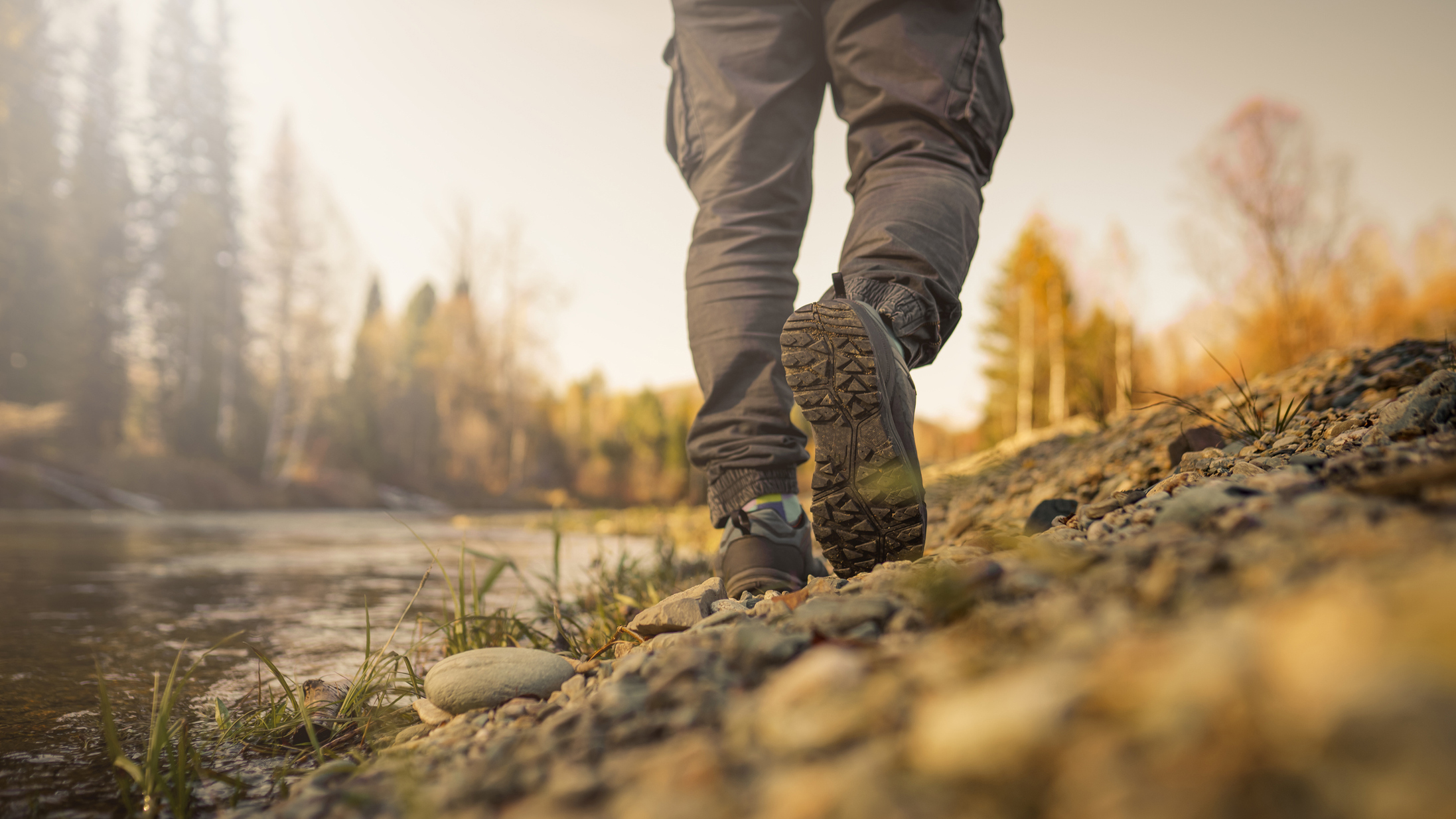
Does walking with a weighted vest build muscle?
Doing any kind of exercise with an additional load will increase the physiological stress placed on your body. In theory, this should stimulate muscle growth, but there aren’t really enough studies to confirm whether or not this is true for walking with a weighted vest.
If you already strength train your legs regularly, you will need to add a significant amount of weight to your body to see any gains from simply walking. Adding a weighted vest will, however, increase your energy expenditure while walking, which means that you’ll burn more calories.
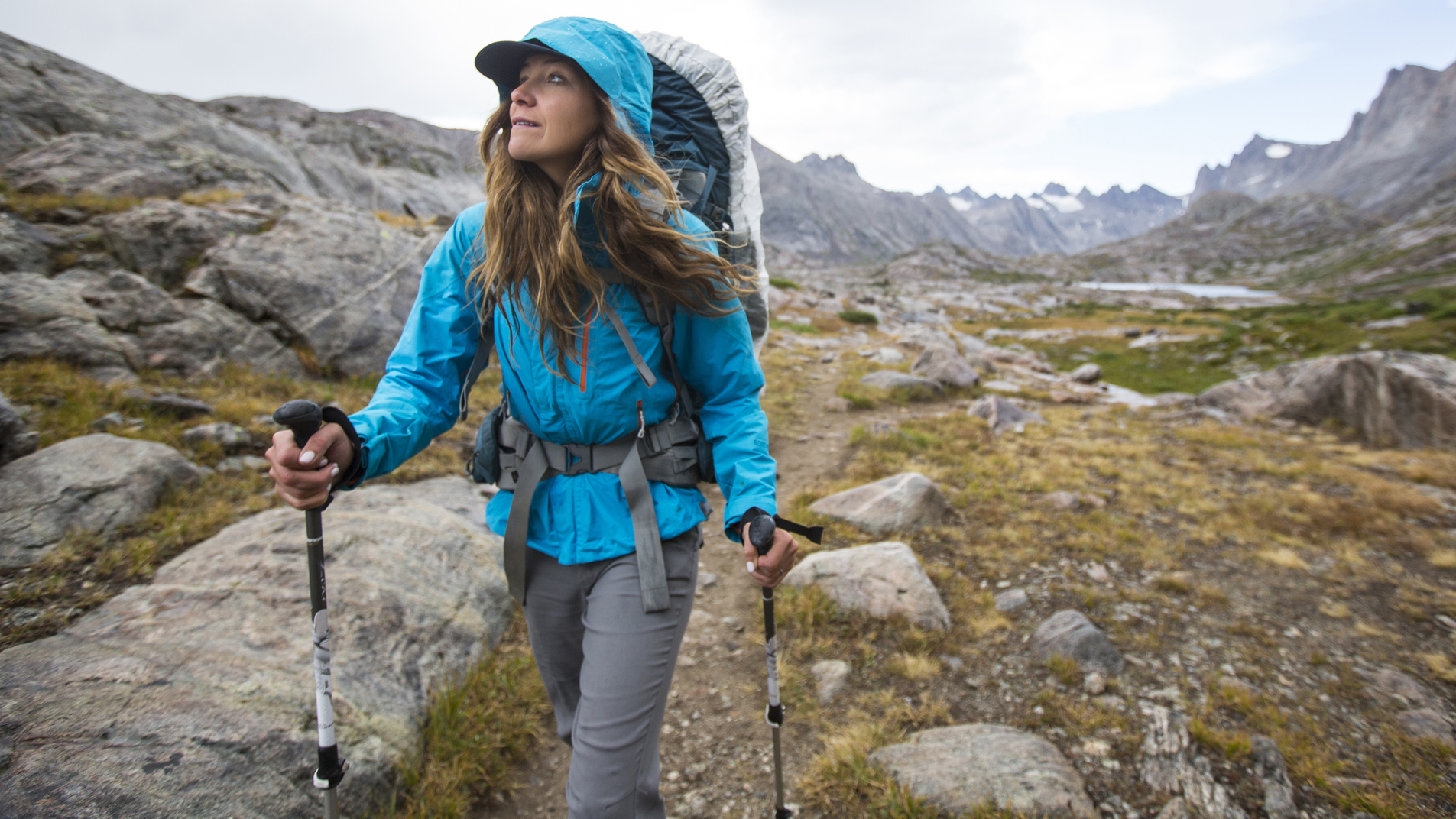
Does ‘rucking’ build muscle?
An activity with a military background, rucking is simply loading up a backpack with some heavy items (usually things like water, food and clothing) and heading out for a fast-paced hike. There’s not a lot of research into the muscle-building properties of rucking, but it’s usually a more vigorous exercise than simply walking.
Stephen Shrubsall is a rucking fan who has taken part in the brutal Fan Dance, a 15-mile (24 km) march across a set of hills in Wales, UK. Participants have to carry a 16kg bag during the march, plus any additional food and water they anticipate needing.
He explained that most of his training consisted of “walking up hills with heavy weights.”
“This was like doing a series of loaded lunges and boosted my lower-body muscular endurance. My glutes, quads, calves and hamstrings all got a workout.”
His advice for newcomers to the exercise is to start light, start slow and seek out nearby hills. You could soon see some impressive improvements in your lower-body strength.
Need some new footwear for your hikes? Our guide to the best walking shoes can help

Anna Gora is a Health Writer for Future Plc, working across Coach, Fit&Well, LiveScience, T3, TechRadar and Tom's Guide. She is a certified personal trainer, nutritionist and health coach with nearly 10 years of professional experience. Anna holds a BSc degree in Nutrition from the Warsaw University of Life Sciences, a Master’s degree in Nutrition, Physical Activity & Public Health from the University of Bristol, as well as various health coaching certificates. She is passionate about empowering people to live a healthy lifestyle and promoting the benefits of a plant-based diet.
-
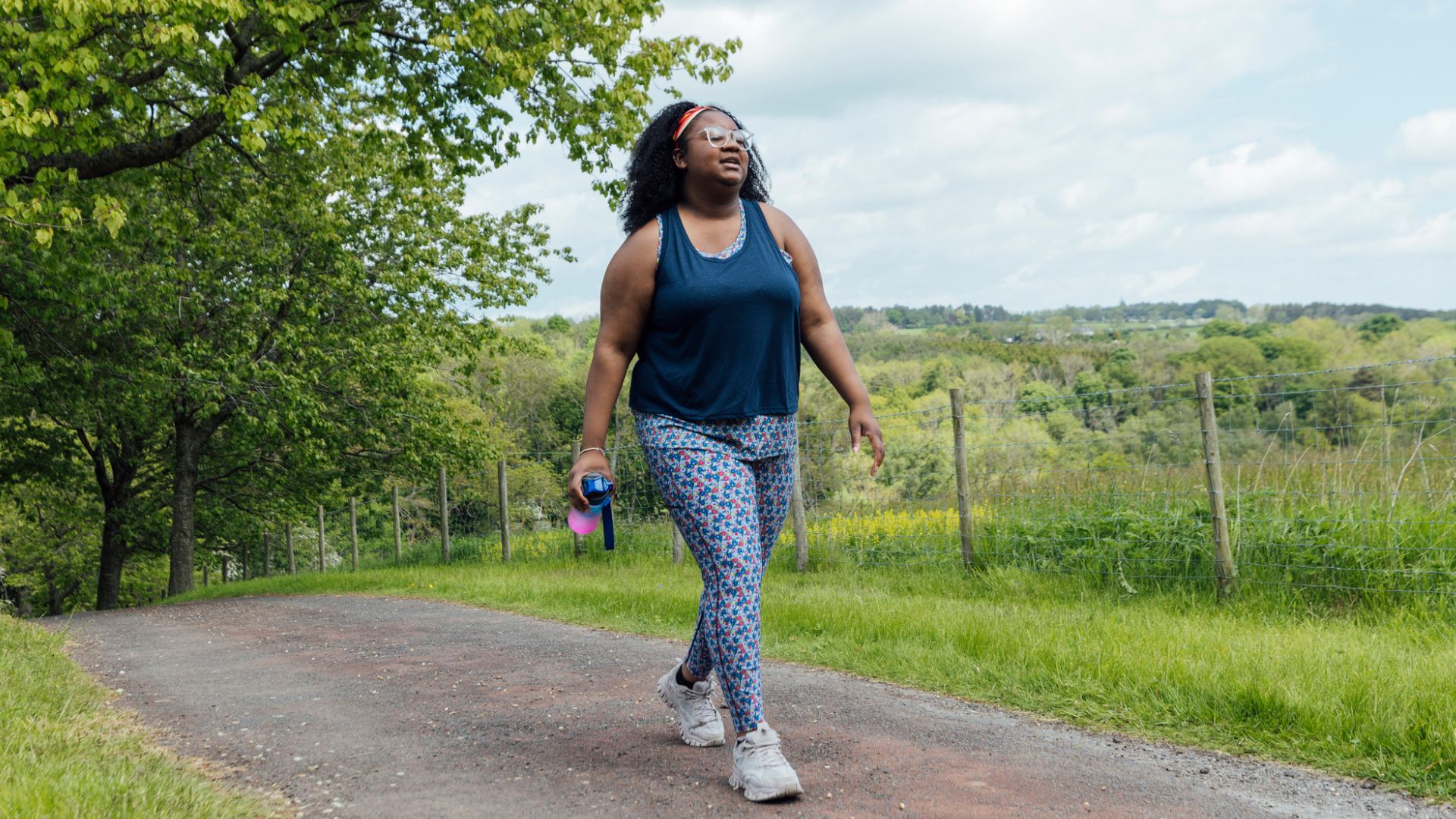 A walking coach says this exercise trend can help you hit 10,000 steps a day—here's how
A walking coach says this exercise trend can help you hit 10,000 steps a day—here's howThe 666 walking trend could get you to your target
By Lou Mudge
-
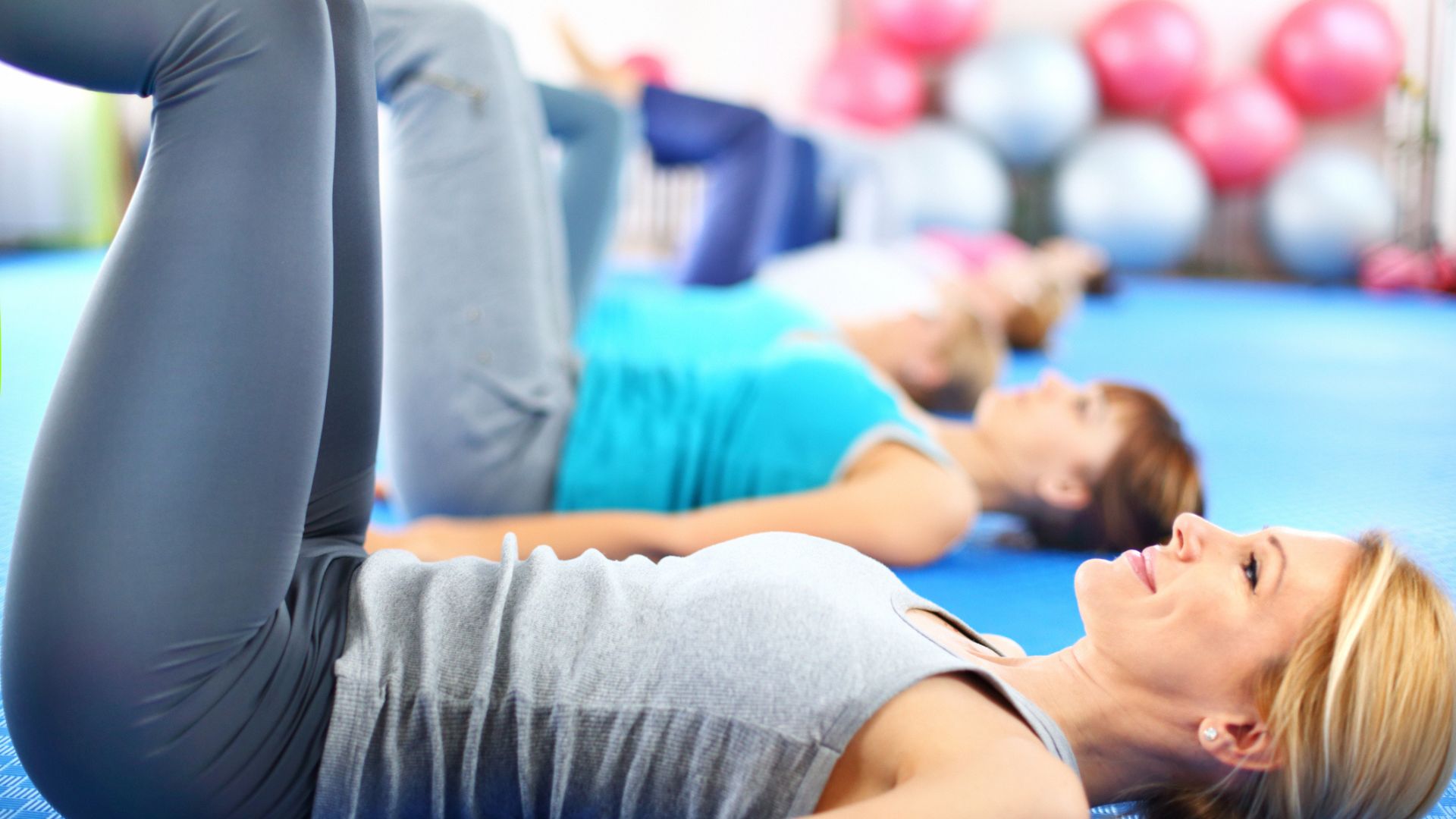 A Pilates instructor says this is the beginner-friendly core exercise everyone should try
A Pilates instructor says this is the beginner-friendly core exercise everyone should tryForget crunches, this is the perfect foundation move
By Alice Porter
-
 What’s the best open water swimming technique?
What’s the best open water swimming technique?Fitness Perfect your open water swimming technique and you'll be able to explore your local lakes and pools with confidence
By Maddy Biddulph
-
 The best trekking poles 2025
The best trekking poles 2025Buying guide Protect your knees and increase stability with the best trekking poles
By Harry Bullmore
-
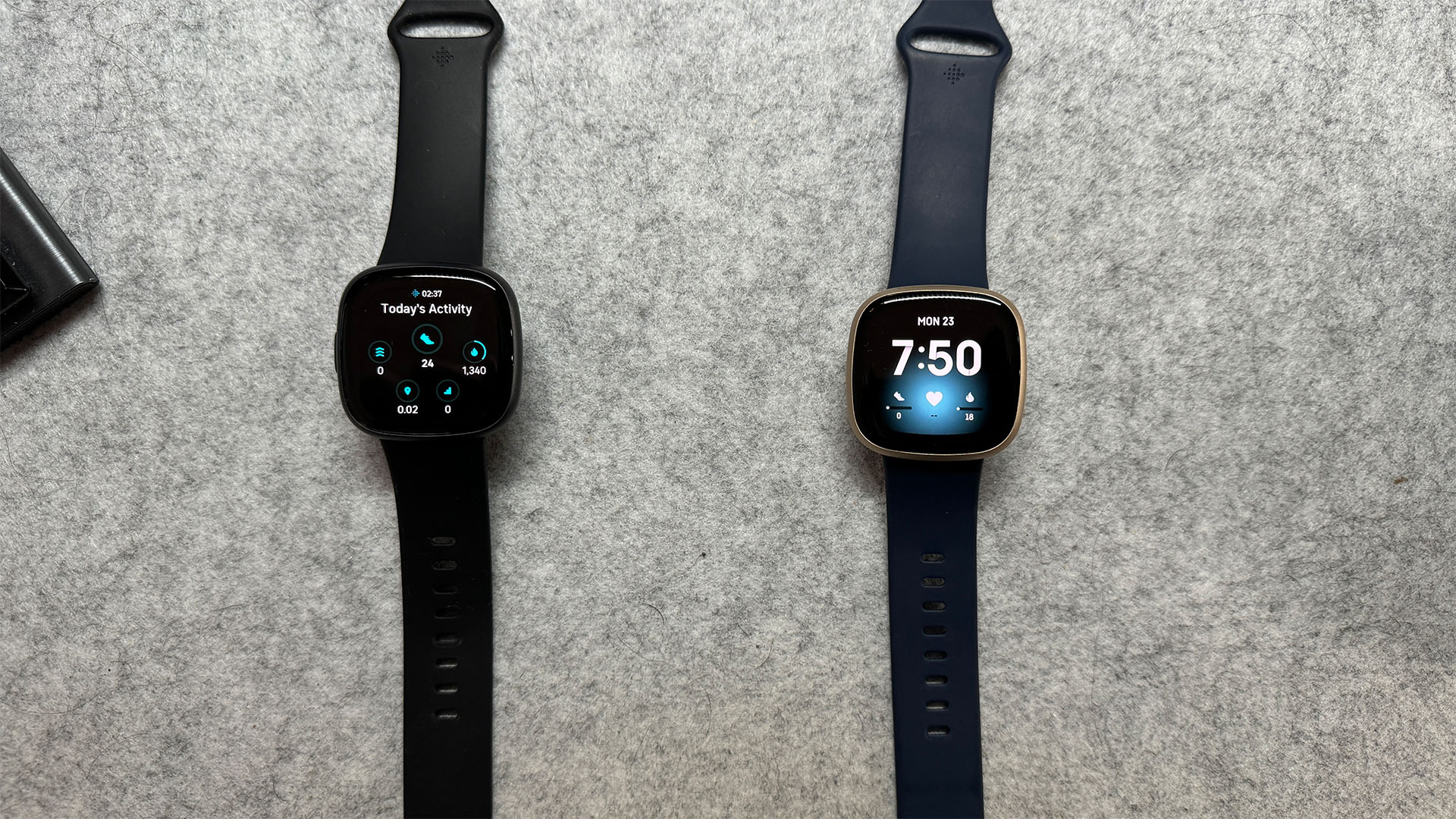 Fitbit Versa 3 vs Versa 4: here's the one I recommend buying
Fitbit Versa 3 vs Versa 4: here's the one I recommend buyingVersus There's little difference between these models, but the Versa 3 is much cheaper
By Lloyd Coombes
-
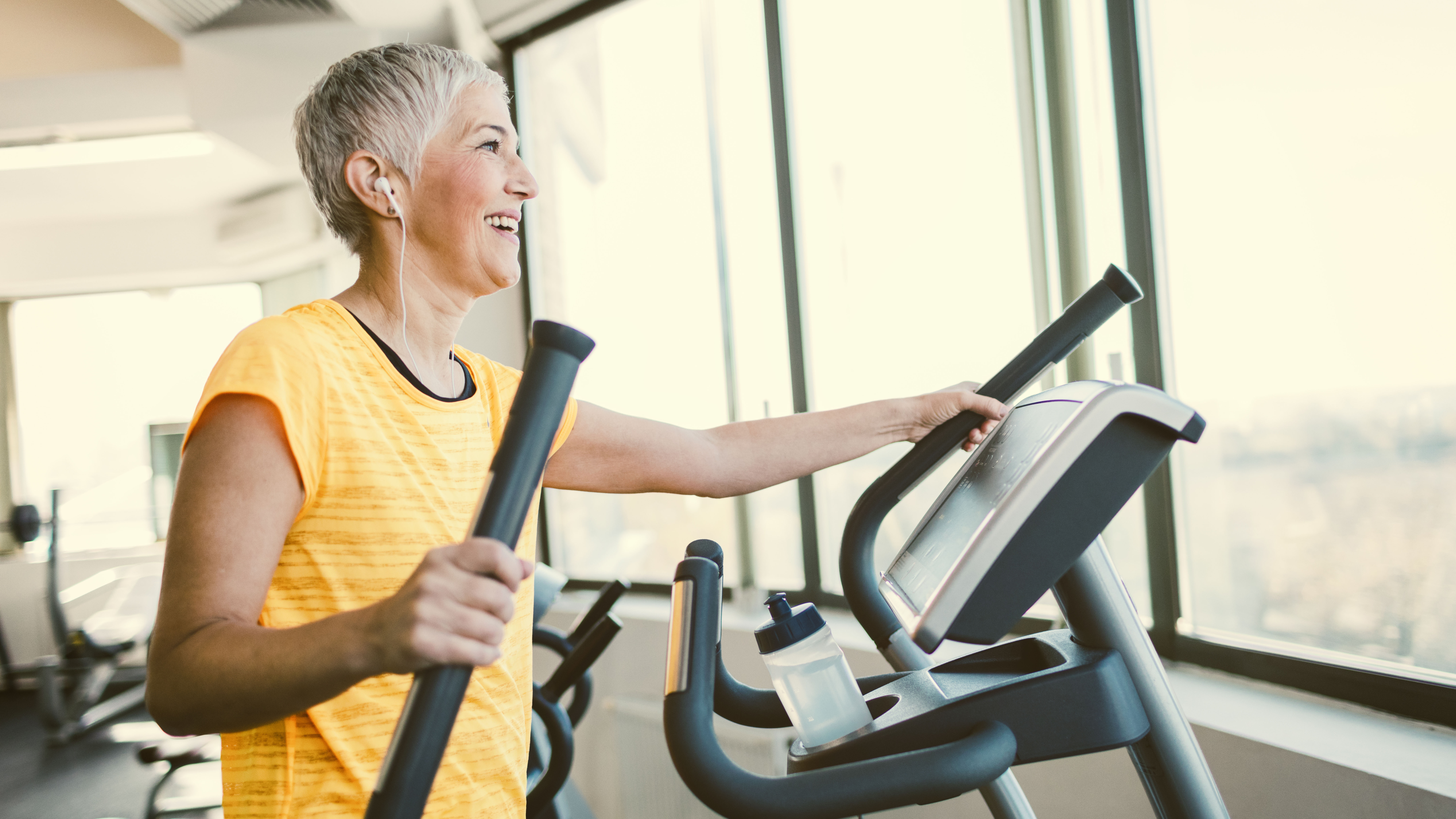 Best elliptical machines for home workouts
Best elliptical machines for home workoutsBuying guide Need a low-impact workout that’s easy on the knees? Try one of the best elliptical machines
By Sam Hopes
-
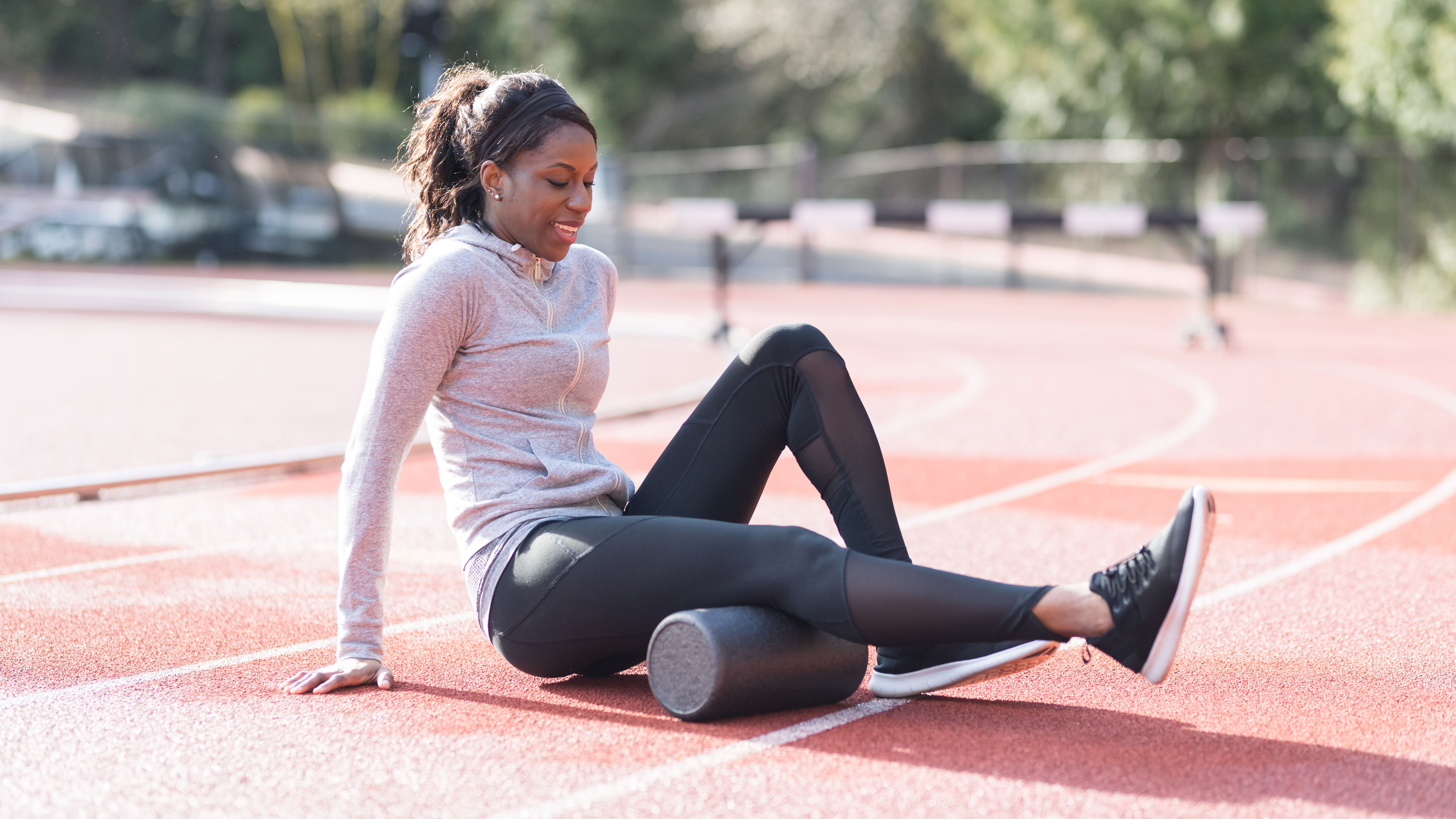 Best foam rollers for soothing sore muscles
Best foam rollers for soothing sore musclesBuying Guide Ease post-workout pain with our pick of the best foam rollers
By Harry Bullmore
-
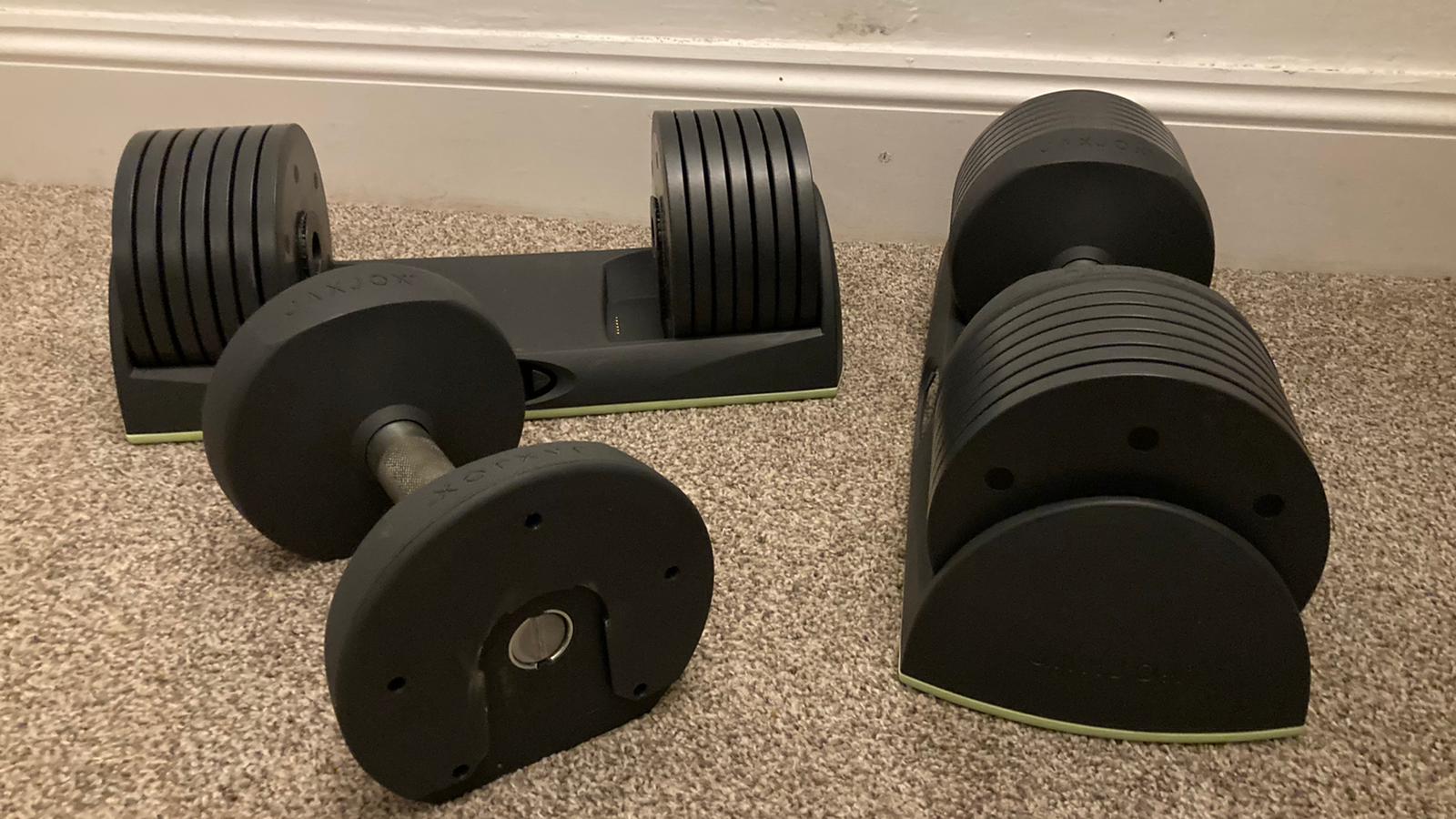 The JAXJOX DumbbellConnects have changed my home workouts forever
The JAXJOX DumbbellConnects have changed my home workouts foreverIf you want to start strength training at home, the JAXJOX DumbbellConnect adjustable dumbbells are the ultimate home workout tool
By Harry Bullmore
-
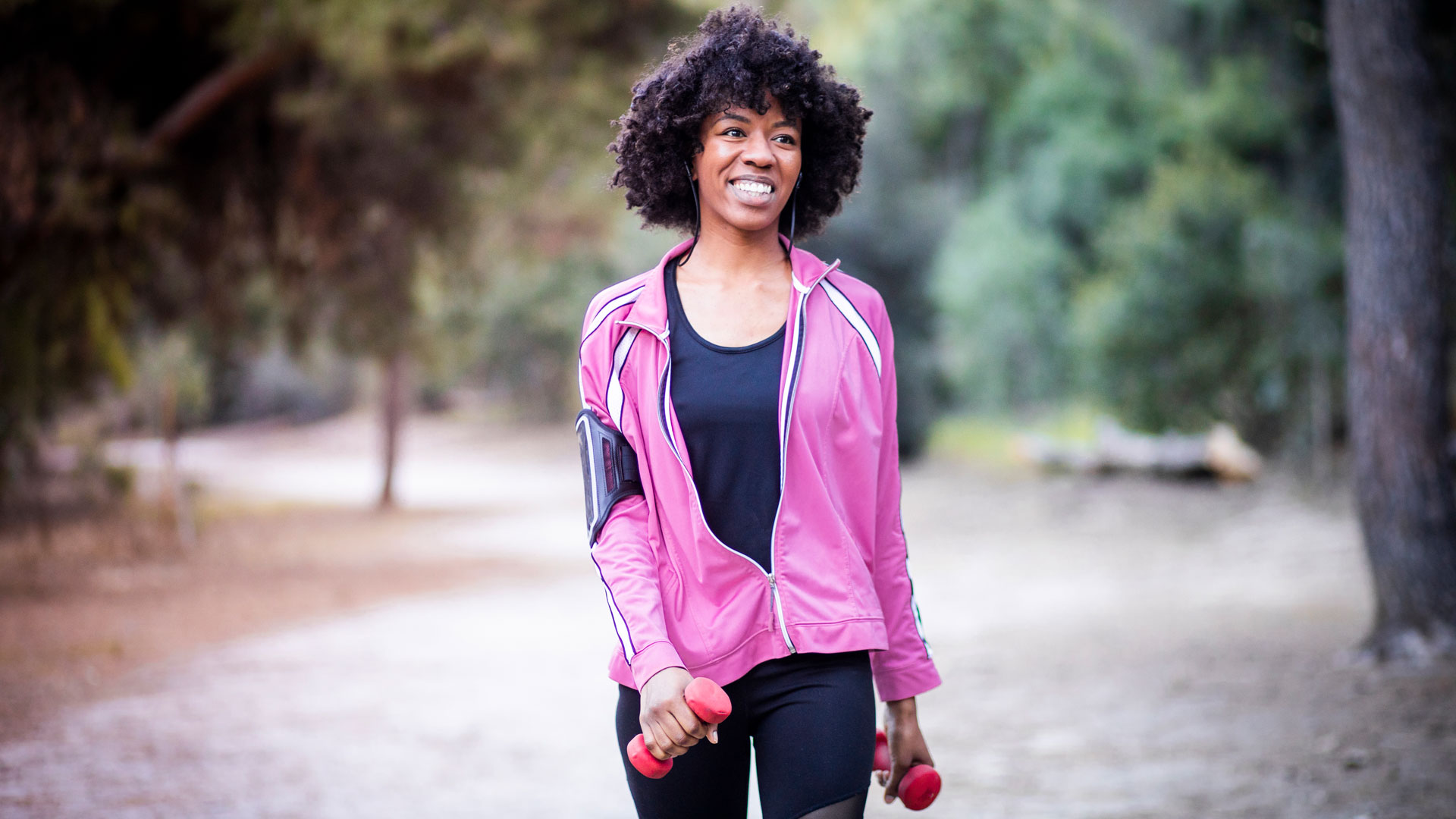 How to go walking with weights to build muscle
How to go walking with weights to build muscleFitness Try working out outside and go walking with weights for some serious health benefits
By Harry Bullmore
-
 Does hiking build muscle?
Does hiking build muscle?Fitness Does hiking build muscle? Here’s how this outdoor activity affects your strength
By Lily Canter